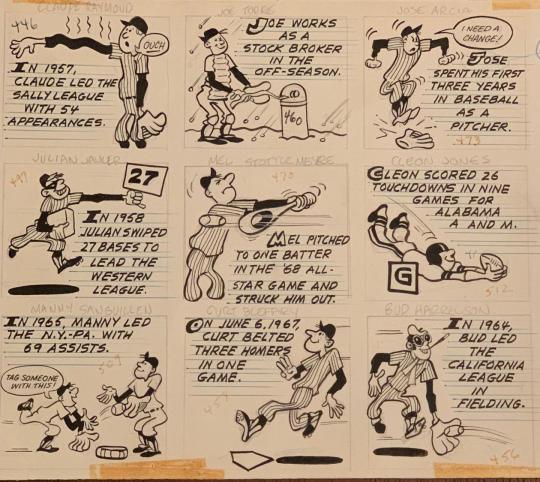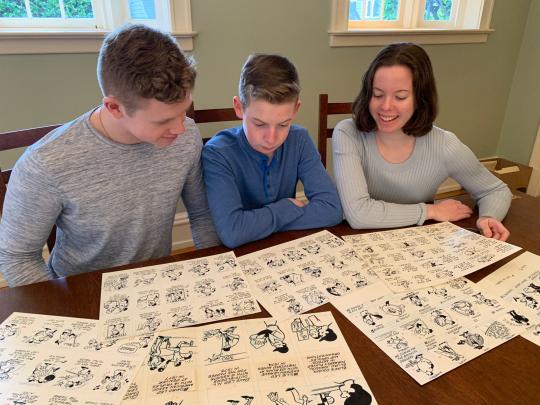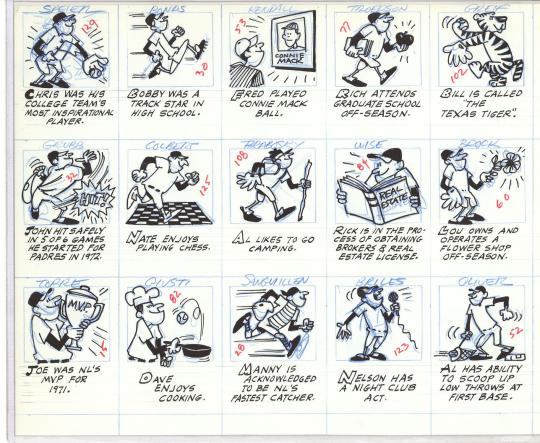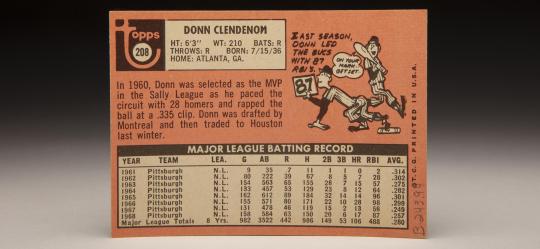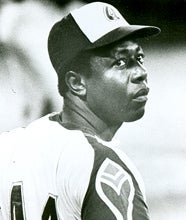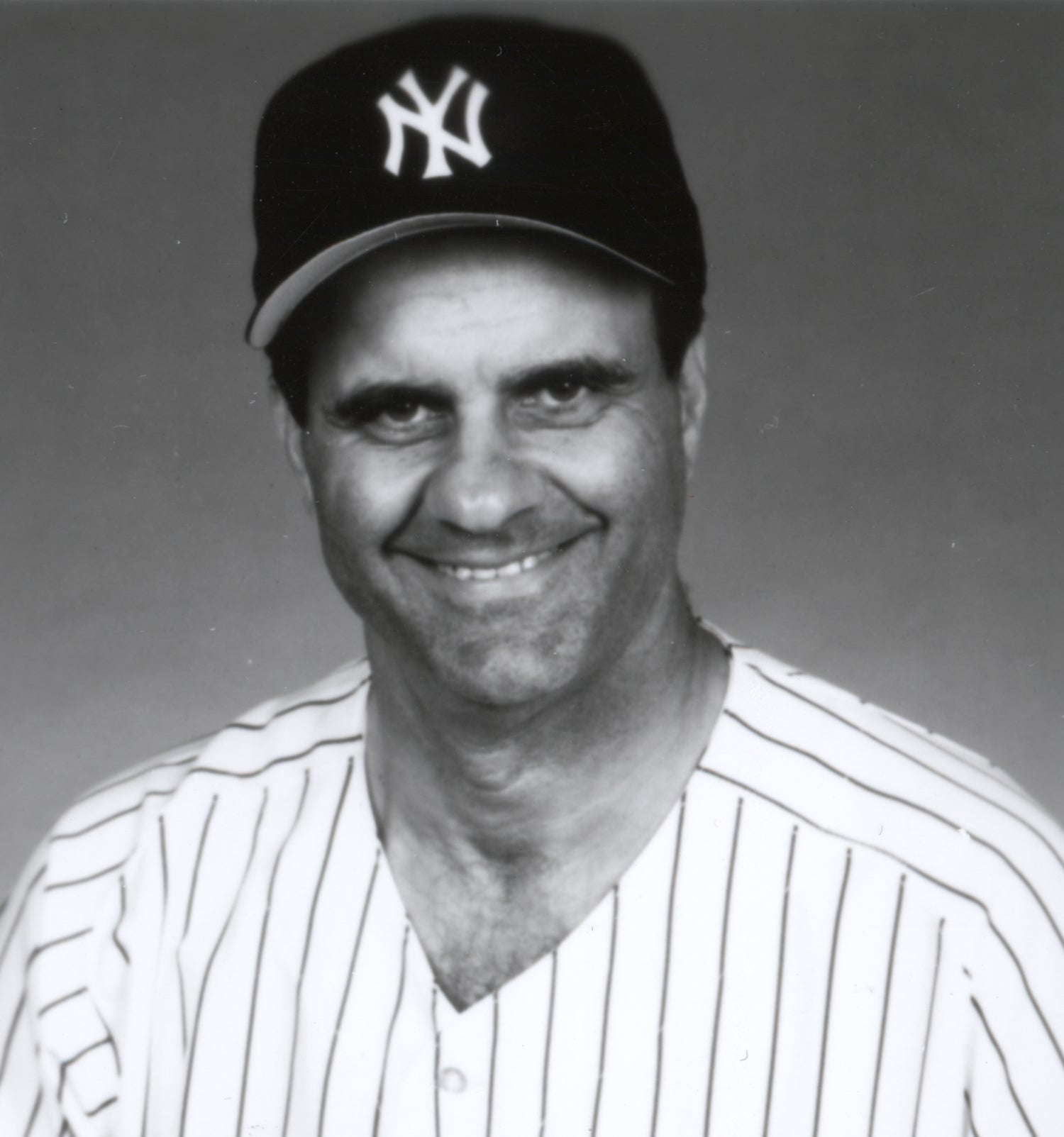- Home
- Our Stories
- Cartoon artwork from Topps cards part of history
Cartoon artwork from Topps cards part of history
Like many Hall of Fame visitors, when David Moody and his family visited the National Baseball Hall of Fame and Museum in 2019, they especially enjoyed viewing our new baseball card exhibit, Shoebox Treasures.
During the visit, David contacted us to express his appreciation and to share information about his own specialty: Collecting original cartoon art from the card backs. As card collectors know, these cartoons had a singular style that sometimes illustrated baseball trivia or – more often – some personal element or insight into a player.
Because of their beloved aspect of baseball cards, cartoons were already included in Shoebox Treasures as a part of card design. However, our exhibits team had been unable to locate any of the original art to include in the permanent display.
Be A Part of Something Greater
There are a few ways our supporters stay involved, from membership and mission support to golf and donor experiences. The greatest moments in baseball history can’t be preserved without your help. Join us today.
In the course of David and John’s subsequent correspondence, David generously proposed lending the Hall of Fame several of his own pieces to exhibit, an offer the Hall gratefully accepted. Below is an interview with David about the Moody family collection, conducted via email.
Selections from the Moody family collection are on exhibit in Shoebox Treasures until spring 2022.
Hall of Fame: Did you start off as a baseball card collector? How did you get started in this particular niche of baseball card collecting?
David Moody: I grew up on a small family farm outside of Olympia, Wash. Close to our home was a country store, The Gull Harbor Mercantile. It sold everything: groceries, gasoline, hardware, feed for livestock, hand knitted sweaters…and Topps baseball cards. I’d save dimes to buy as many packs as possible. 1974 was the first season that I collected baseball cards. I turned seven years old that year, and the cartoons on the back were my favorite aspect.
HOF: When did you first realize that the original drawings of these iconic cartoons were still in existence?
DM: In the fall of 1989, I was attending the University of Washington. A friend and I went to a sports cards show at the Seattle Center, and I saw the most incredible item – a full sheet of nine original pen and ink illustrations (nine cartoons that appeared on cards in the 1969 Topps Baseball set). I had never seen anything like it. The dealers were an incredibly warm and knowledgeable couple who were full of stories about a recent “Topps Auction in New York City.” They had just returned. I bought the sheet for $65. It has been my favorite ever since.
HOF: Tell us about the 1989 Topps Auction.
DM: Sadly, I was not aware of it at the time. Even if I had known, I was not in a financial position to attend, but the auction is legendary. In August 1989, at the Hunter College Sportsplex on 68th Street and Lexington Avenue in New York City, Guernsey’s conducted an auction for The Topps Company. The auction included “Baseball Pen and Ink Illustrations: Important Original Art Used on the Reverse Side of Baseball Cards.” The auction catalog is fairly detailed and shows that many (but not all) of the original cartoons from several annual sets of Topps baseball cards were sold.
HOF: Has Topps kept a lot of the original art for itself?
DM: It does not appear that Topps has kept any the original cartoon artwork. In the fall of 2002, 13 years after the Guernsey’s Auction, Topps sold the remainder of its full sheets through eBay. Several extremely valuable full sheets were sold, including a large number of cartoons from the 1972, 1974 and 1975 sets.
HOF: Tell us about the layout of these cartoons. What do the panels look like?
DM: The staff artist at Topps would draw several individual player cartoons on a large sheet of thick art stock. Both the quality of the card stock and the number of cartoons per sheet differ by year. For example, in 1969, the artist typically drew nine separate player cartoons per sheet. In 1974, it was typical for the artist to draw 15 cartoons per sheet. In 1975, although almost every full sheet has 15 cartoons, there is one sheet with 28 separate player cartoons. That is the largest full sheet in our collection, and includes the cartoons that appeared on the Hank Aaron and Frank Robinson cards.
HOF: Where are most of these original artworks located today? Are there records?
DM: The majority were sold at the Topps Auction in 1989. Topps sold more in 2002, and it appears that much of the earlier artworks (from the 1950s) were destroyed. Today, there is no way of knowing which cartoons have been destroyed, lost, or thrown away. There is no centralized database. This creates a fun and frustrating mystery. Without question, there are many full sheets hiding somewhere out there.
HOF: Do you prefer full sheets? What are your thoughts about cutting a sheet up into several single cartoons?
For decades, Topps used cartoons on the backs of their baseball cards to provide details on the player and the game. This 1969 Donn Clendenon card features a cartoon that is a part of the David Moody collection. (Topps baseball card photographed by Milo Stewart Jr./National Baseball Hall of Fame and Museum)
DM: The artist would draw several player cartoons on a single sheet. The full sheets have so much character, often including brush marks and dabs of ink around the outside. Each full sheet represents the manner in which the artist created the artwork, and upon close inspection, each full sheet contains clues (and sometimes very direct instructions written in the margins) about the production process. A few years ago, people began cutting up full sheets to maximize profit. For example, instead of preserving a full sheet of nine player cartoons, the sheet would be cut-up and sold as nine separate cartoons. There are now many single cartoons. Every one of those single cartoons was once part of a full sheet. For a collector, having a full sheet is the Holy Grail.
HOF: You have loaned three sheets of cartoons to the Hall of Fame for the next year and a half – sheets from 1967, 1969, and 1974. Do you have a style among tho se three that you especially like? What is your favorite cartoon from the ones you are lending?
DM: I am partial to the style of cartooning from 1974. Notably, this artist also drew the cartoons for the 1974 Topps Football, Basketball and Hockey sets. The style is whimsical, the captions are clever, and it takes me back to those first packs of baseball cards that I bought at the Gull Harbor Mercantile. There are so many terrific cartoons – I love that Lou Brock owned and operated a flower shop in the offseason.
HOF: Can you tell who the artists were for Topps baseball cartoons?
DM: Unfortunately, no. This has been a burning question of mine for years. I have looked high and low for an answer. In 2003, I picked up the phone and called Topps. To my surprise, after explaining that I was looking for the names of the artists who drew the cartoons on the reverse side of Topps baseball cards in the 1960s and 1970s, they put Sy Berger on the line (the grandfather of modern baseball cards). By the time I spoke with Mr. Berger, he was at least 80. I was shocked that he was still with Topps. I spoke with him for a long time, but he had no idea who the artists were. He laughed and told me “those guys are long gone.” Mr. Berger died in 2014. In 1969, a pack of Topps baseball cards cost five cents and I am quite sure these artists were paid peanuts. My best guess from that conversation and information that I have pieced together is that these artists were paid per cartoon. These artists were churning them out: Hundreds and hundreds of individual cartoons. For example, the same artist for the 1969 Topps Baseball set also drew the cartoons for the 1969 Topps Football set. Topps employed a different artist in 1974, and that same artist created the cartoons for each set of cards that Topps produced that year (Baseball, Football, Basketball and Hockey). Thankfully, Topps held onto the original artwork for many years, or these sheets would probably not exist. It has been 50-plus years since those 1969 cartoons were created. Even if those artists were in their mid to late 30s when they drew these cartoons, they are probably no longer with us. Likely, their names are lost to history.
HOF: About how many cartoons would you say you have in your collection?
DM: I am happy to say that the collection has become a joint effort with our three children, all of whom love baseball (and have each visited the National Baseball Hall of Fame and Museum three times!). They have been inspired to learn more, and have solved mysteries that have deepened our understanding of these special artworks. We love these cartoons, marvel at the fact that they are each “1 of 1,” and we enjoy spending time together on this never-ending adventure that blends our love of baseball with our appreciation of American Folk Art. Our collection is primarily comprised of baseball (close to 1,500 cartoons and dozens of full sheets), but we also have a significant number of full sheets from Topps Football, and a few from Topps Basketball and Hockey.
HOF: Are you still actively collecting baseball cartoon art? Where do you find your artwork?
DM: We are actively collecting, although it is very difficult to locate full sheets. Often when we think we’ve located a full sheet, it shows water damage or a couple cartoons have been cut away. This whole endeavor is a mystery (e.g., Where is the Ricky Henderson cartoon from 1980? Where is Reggie Jackson’s cartoon from 1969?).
HOF: What do you find most interesting about collecting Topps original cartoon art?
DM: If you collected baseball cards in the 1950s, 60s, 70s, or early 80s, you are familiar with the cartoons that appeared on the reverse side of baseball cards. For kids of a certain generation, these cartoons were as much a part of collecting baseball cards as the pink slab of gum, waxy wrapper, or player statistics. Each card was produced a million times over, but there is one original for each cartoon. These iconic illustrations are Baseball’s contribution to American Folk Art.
David P. Moody, Maple A. Moody, Maxine E. Moody and Hawthorne T. Moody contributed to this article
John Odell is the curator of history and research at the National Baseball Hall of Fame and Museum
Related Stories
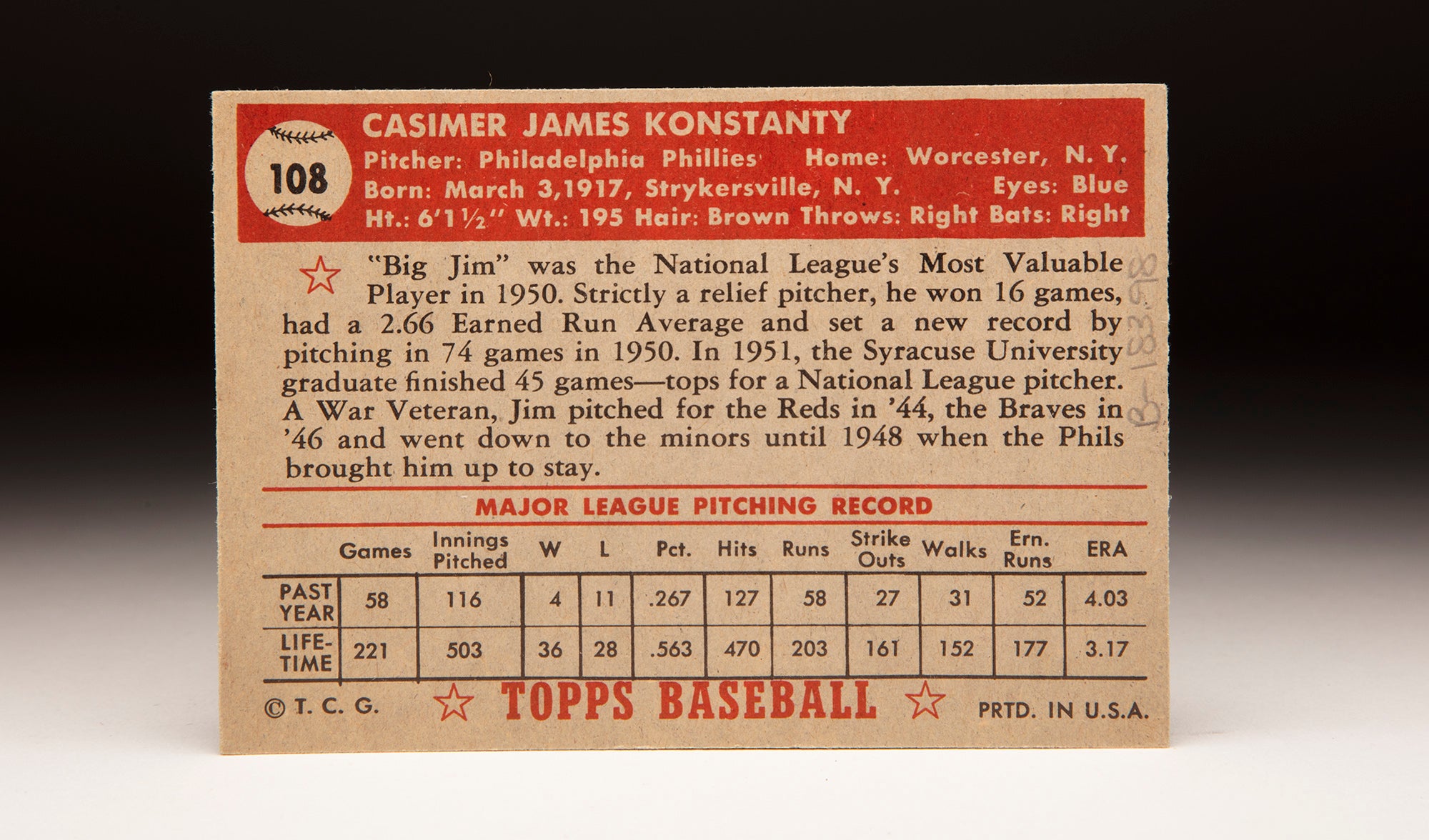
Topps transformed baseball cards from hobby to passion

Baseball cartoons worth much more than a thousand words
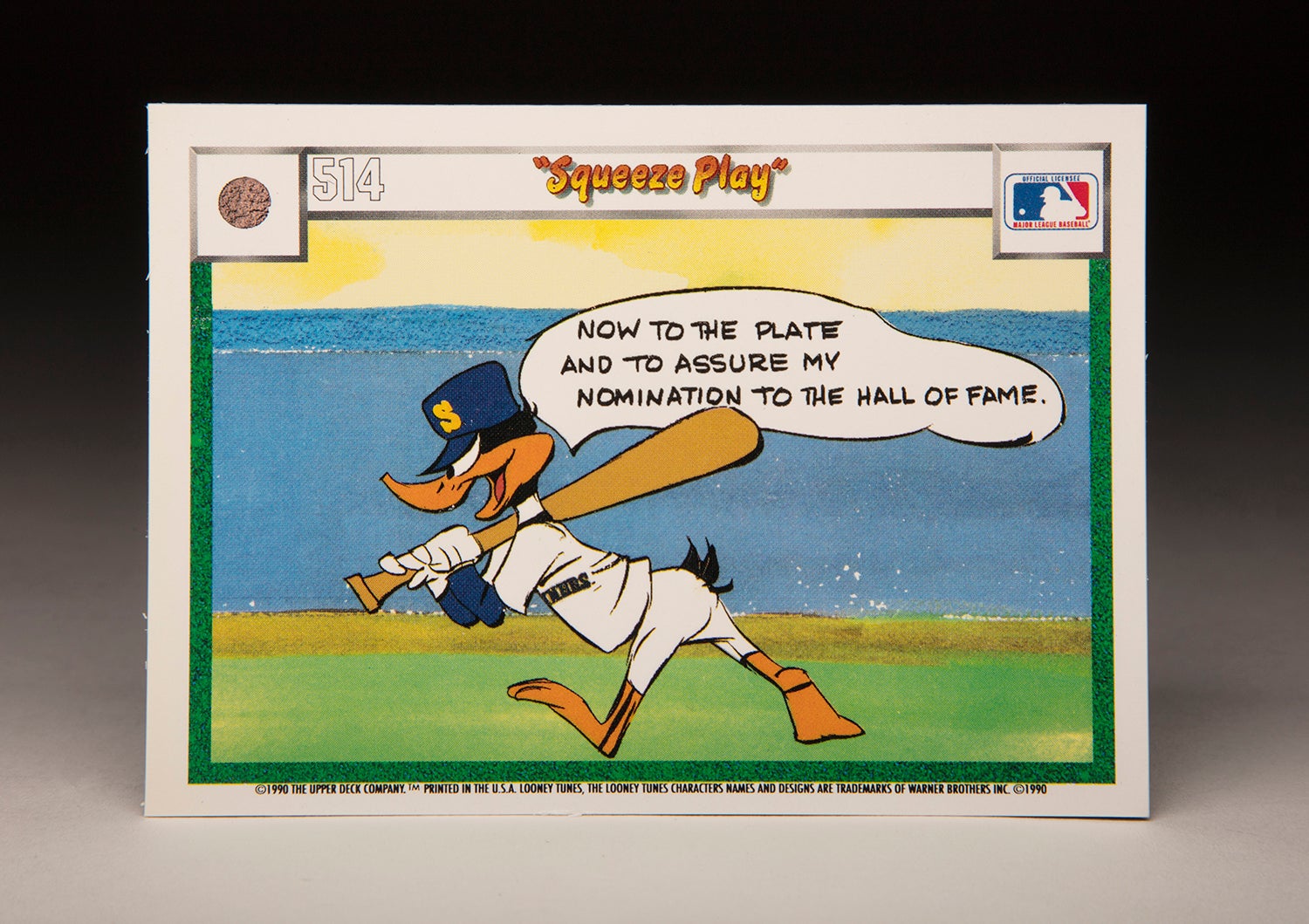
#Shortstops: Baseball cartoons tell story of the game’s popularity
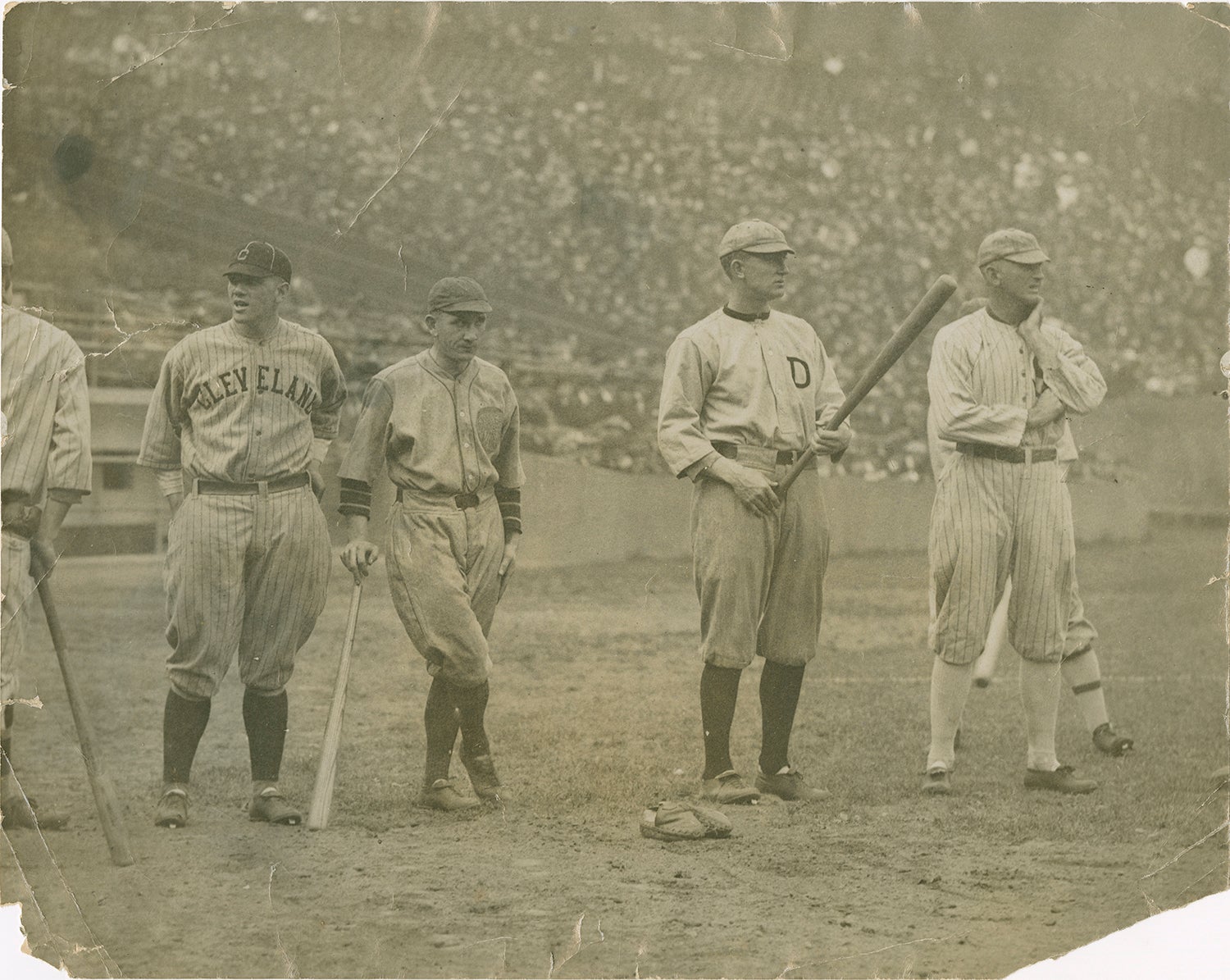
#Shortstops: Photographic inspirations for Gene Mack cartoons donated to Hall of Fame

Topps transformed baseball cards from hobby to passion

Baseball cartoons worth much more than a thousand words

#Shortstops: Baseball cartoons tell story of the game’s popularity


